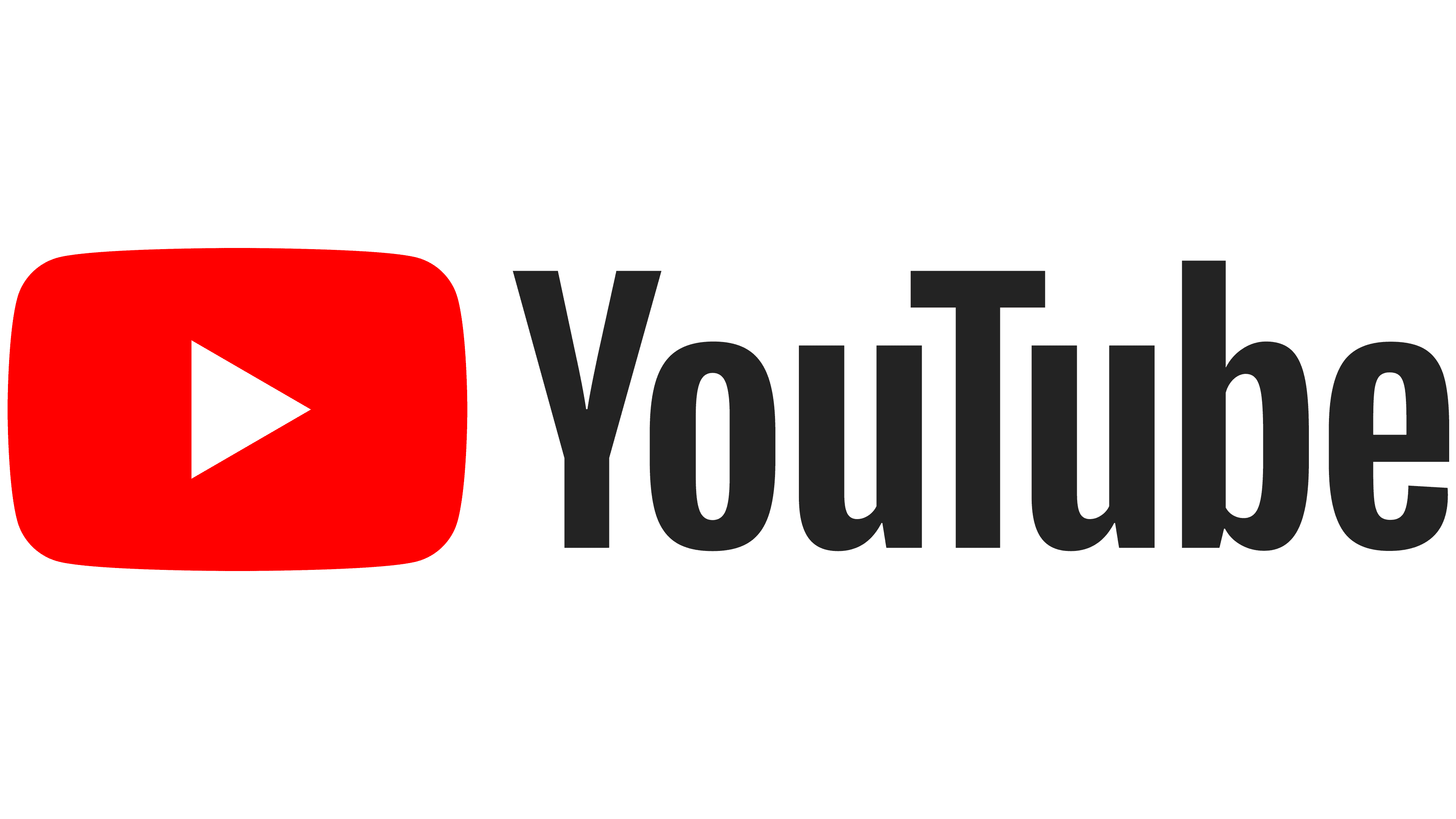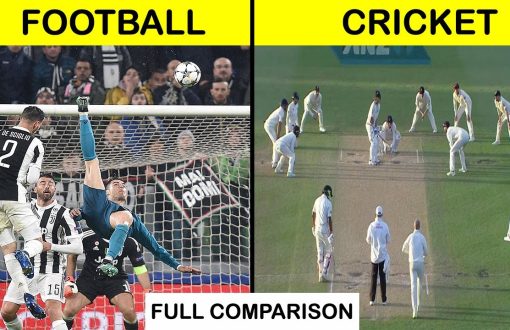Who pays for advertisements on YouTube videos?
November 25, 2023
0 Comments

Advertisements on YouTube are primarily paid for by advertisers who want to promote their products or services to the platform’s extensive user base. Here’s a breakdown of how the process works:
- Advertisers and YouTube Ads: Companies or individuals who want to advertise on YouTube pay the platform to have their ads shown before, during, or after videos. These ads can take various forms, such as display ads, overlay ads, skippable and non-skippable video ads, bumper ads, and sponsored cards.
- Google AdWords and Ad Auctions: Advertisers use Google AdWords (now Google Ads) to set up their ad campaigns. They choose target audiences, set budgets, and bid for ad placement. Ads are placed through an auction system that determines which ads are shown based on factors like bid amount, ad quality, and relevance to the viewer.
- Content Creators and Monetization: Content creators who have joined the YouTube Partner Program can monetize their videos by allowing ads to be placed on them. When an ad is viewed or clicked on their video, they earn a portion of the revenue generated from the advertiser’s payment.
- YouTube’s Revenue Share: YouTube typically keeps a portion of the advertising revenue (around 45%), while the content creator receives the rest (about 55%).
- Viewer Engagement: Advertisers may pay more for ads on videos with higher engagement rates because these ads are more likely to be seen and acted upon by viewers.
- Ad Targeting and Effectiveness: YouTube offers sophisticated targeting options based on demographics, interests, and viewing behavior, making ads more effective and potentially more costly depending on the specificity of the targeting.
- YouTube Premium: A subscription service offered by YouTube where users pay a monthly fee for an ad-free experience. Premium subscription fees are another source of revenue for YouTube and are shared with content creators based on the amount of time Premium subscribers spend watching their content.
- Influencer Marketing: Sometimes, companies directly pay creators for product placements or endorsements within their videos, which is a form of advertising separate from the typical ads served by YouTube.
- Direct Purchases and Merchandising: Creators can also earn revenue through direct purchases made by viewers, such as channel memberships, super chats, and merchandise shelves, which may be influenced by the presence of ads and the overall popularity of the channel.
- Regulatory and Ethical Considerations: Advertisers must comply with YouTube’s advertising policies, which include guidelines on content appropriateness, copyright, and transparency. There are also regulations like COPPA in the U.S. that affect how ads can be targeted, especially towards children.
Advertisers fund the majority of the ads you see on YouTube. This ecosystem allows content creators to earn revenue from their videos, provides advertisers with access to a vast audience, and enables YouTube to operate and expand its platform.



